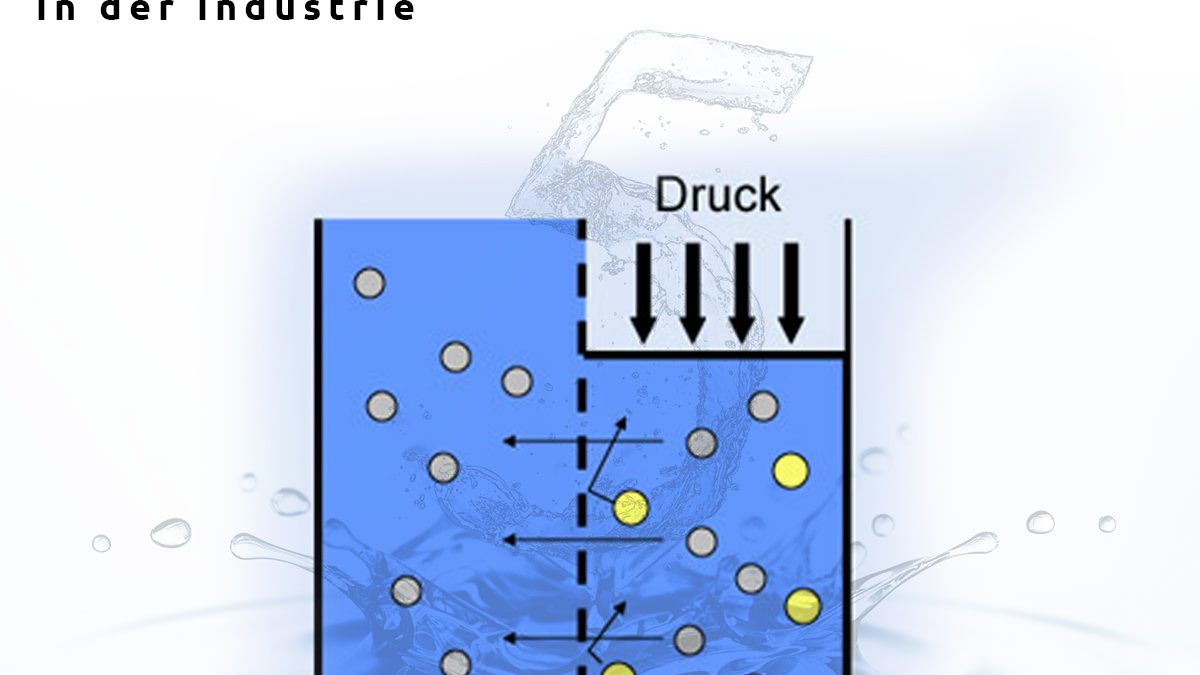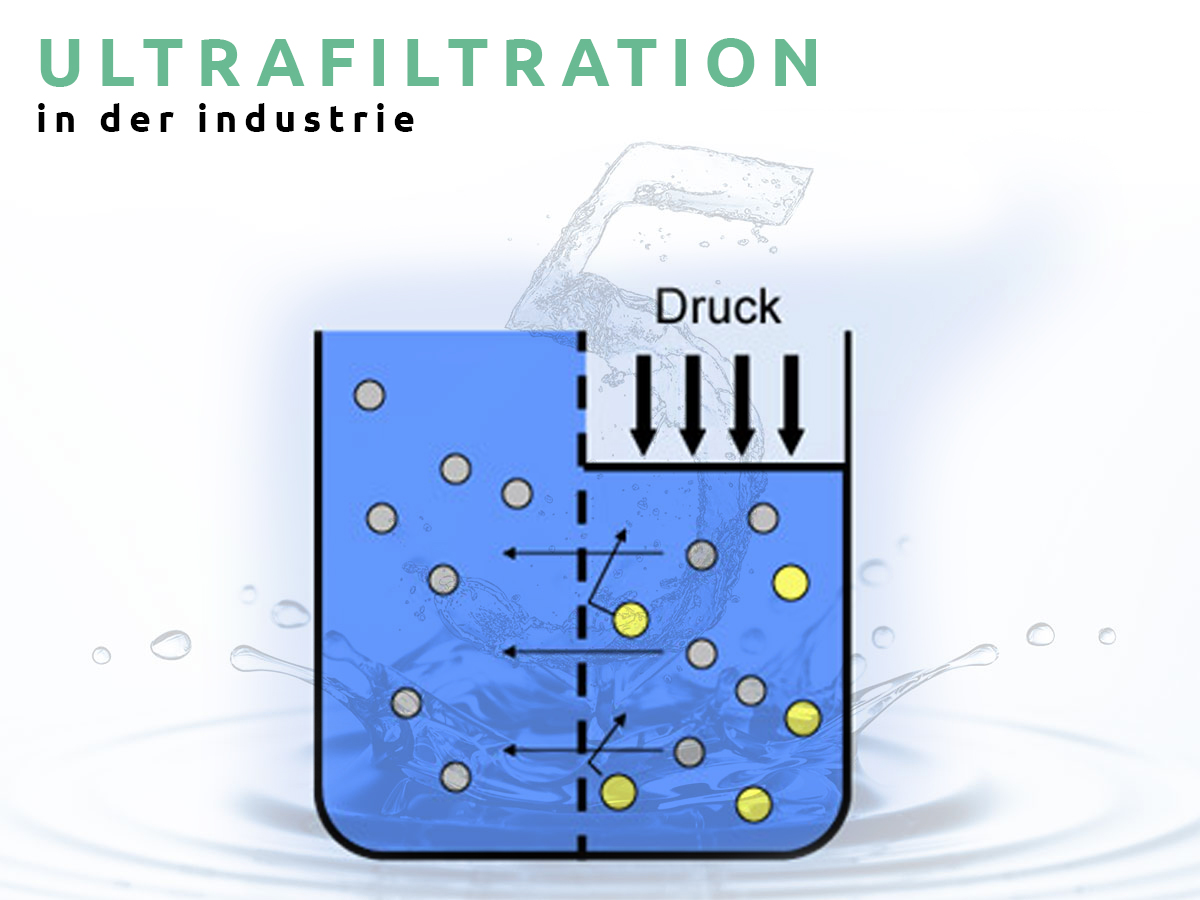
The ultrafiltration
June 28, 2022
Sports Demo Day 2022 in Lindau
July 1, 2022Ultrafiltration in industry
Ultrafiltration (UF) is primarily a particle size-dependent, pressure-driven mass separation process based on a sieving effect.
Ultrafiltration membranes have a pore size between 1 nm and 100 nm and are thus capable of retaining compounds with a molecular weight of 300 Daltons to 500,000 Daltons. This typically makes the process suitable for the retention of biomolecules, bacteria, viruses, polymers, colloidal particles and sugar molecules.
One describes ultrafiltration membranes by their nominal molecular weight cutoff (MWCO). The MWCO usually represents the smallest molecular weight for which the membrane has a retention greater than 90%. In many cases, however, the separation result is not exclusively influenced by the cutoff but additionally by interactions between the membrane and the raw solution. The operating pressure of an ultrafiltration is usually between 0.1 and 1 MPa, usually performing one of the following tasks:
- Clear filtration of a crude solution
Concentration of substances
Fractionation of substances
Sufficient separation of substances in the fractionation of dissolved substances or in the separation of dissolved substances and solvents is achieved when the size of the particles differs at least tenfold. Today, one can find different applications of ultrafiltration in almost all industrial sectors:
- sterile filtration of drinking and beverage water
Surface water treatment
Recovery of filter backwash water
Separation of oil/water emulsions
Recovery of electrophoretic coatings





